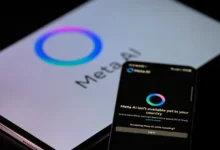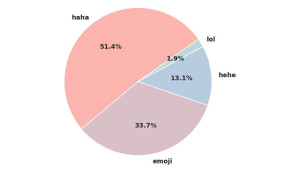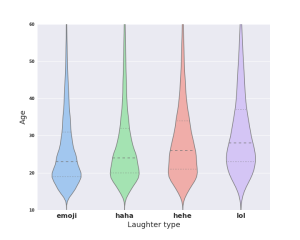
 So how exactly do you express laughter on Facebook? – lol’, ‘haha’ or ‘hehe’? Facebook has just published new data showing how people express laughter on the social media platform.
So how exactly do you express laughter on Facebook? – lol’, ‘haha’ or ‘hehe’? Facebook has just published new data showing how people express laughter on the social media platform.
The data by Facebook comes just after Sarah Larson from The New Yorker published a fun article about e-laughter (all the hahas and lols we use to communicate with our friends online), which summarized the rise of e-laughter in the digital age.
Facebook says it analyzed de-identified posts and comments posted on Facebook in the last week of May with at least one string of characters matching laughter. ‘’ We did the matching with regular expressions which automatically identified laughter in the text, including variants of haha, hehe, emoji, and lol’’
According to the data, 15% of people included laughter in a Post or comment on that week. The most common laugh is haha, followed by various emoji and hehe. Age, gender and geographic location play a role in laughter type and length: the data found out that young people and women prefer emoji, whereas men prefer longer hehes.
Facebook also created a pie chart showing the different types of laughs. The chart divides people using four types of laughs – haha, hehe, lol and emoji. The class label however includes a wide range of laughs, for example haha includes terms like haha, hahaha, haahhhaa and so on.
The pie chart shows, the vast majority of people on Facebook’s dataset are haha-ers (51.4%), then there are the emoji lovers (33.7%), the hehe-ers (12.7%), and finally, the lol-ers (1.9%).
This plot shows that the median person (the dashed line) that uses emoji is slightly younger than the median haha person, but both of these are younger than the people using hehes and lols!




